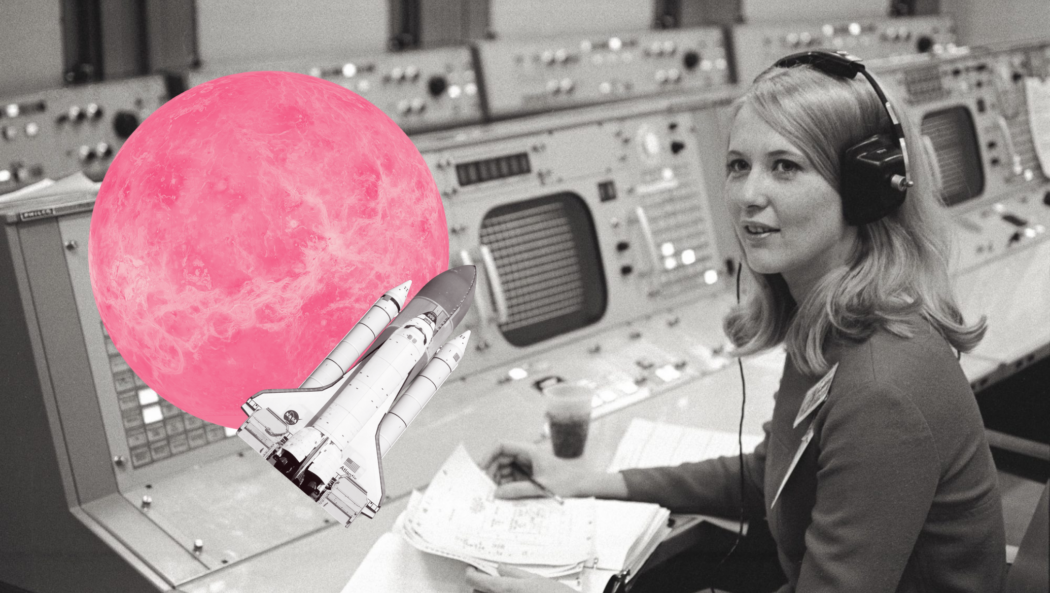When’s the last time you heard of Venus? An infernal, toxic world often overlooked is finally back in the spotlight.
On June 2, NASA Administrator Senator Bill Nelson announced the next two missions selected for Venus within the Discovery Program, the space agency’s initial missions to investigate unknown, high-value planetary science and ensure a continuous stream of new scientific data on our solar system.
The Discovery Program
The Discovery Program’s missions are crucial to advance space knowledge on the elements of our solar system.
Choosing the missions to Venus was competitive. The Discovery Program faced making the decision between four differing space exploration concepts. These not-to-exceed cost cap missions ranged from exploring Venus to the highly active icy moon of Neptune (TRIDENT) to even Jupiter’s moon, the most volcanically active body in the solar system (Io Volcano Observer).
NASA chose both missions focused on Venus, dubbed DAVINCI+ and VERITAS, due to their potentially valuable scientific data and awarded each mission with $500 million with an aim to launch near 2028-2030.
Only eight days after NASA announced the two Venus missions, the European Space Agency has selected a Venus orbiter as its next mission and has joined in on the race to Venus. The orbiter, dubbed EnVision, will study the planet’s interior, surface and atmosphere and is set to launch in the early 2030s.
NASA has not sent a robotic spacecraft into the toxic Venusian atmosphere since the Magellan orbiter, launched by the space shuttle Atlantis in 1994.
What Will Happen
According to NASA, DAVINCI+ will measure the composition of Venus’ atmosphere to understand how it formed and evolved, and determine whether the planet ever had an ocean. The mission consists of a descent sphere that will plunge through the planet’s thick atmosphere, making precise measurements of noble gases and other elements to understand why Venus’ atmosphere is a runaway hothouse compared to Earth’s.
The second mission, VERITAS, will map Venus’ surface to determine the planet’s geologic history and understand why it developed so differently than Earth. Orbiting Venus with a synthetic aperture radar, VERITAS will chart surface elevations over nearly the entire planet to create 3D reconstructions of topography and confirm whether processes such as plate tectonics and volcanism are still active on Venus. VERITAS will also map infrared emissions from the surface and determine whether active volcanoes are releasing water vapor into the atmosphere.
Earth and Venus
If Earth had a long-lost twin, it would be Venus. Both Earth and Venus have nearly the same gravity, surface composition and an atmosphere with a complex weather system. It is even believed that both planets formed out of the same nebulosity 4.5 billion years ago.
Essentially, both of these planets likely started out from the same house, but later evolved with completely different personalities and took varying life paths.
Venus is a world of volcanic activity, with a hellish surface reaching 850 degrees Fahrenheit, and a toxic atmosphere that engulfs heat similar to the greenhouse effect. The scorched world has temperatures hot enough to melt lead.
Clouds covering Venus are made of sulphuric acid droplets, deadly to humans, instead of Earth’s water, and nearly all of Venus’ atmosphere is made up of carbon dioxide, the deadly suffocating gas of life. It’s unlikely that NASA will ever send humans to Venus.
The Need
Now you might be asking why do we need to go to Venus? Why go to Venus when NASA is also trying to send the first woman and person of color to the moon?
The answer is: we need more answers.
Scientific data that will come with the completion of these missions provides vital information on the events that caused Venus to become heated enough to kill humans. This information will give insight into our own Earth’s rapid climate change and set a haunting example of what might happen if the greenhouse effect takes over our own planet.





